Farmer grows paddy three-time a year using new species of paddy in Damak, Nepal
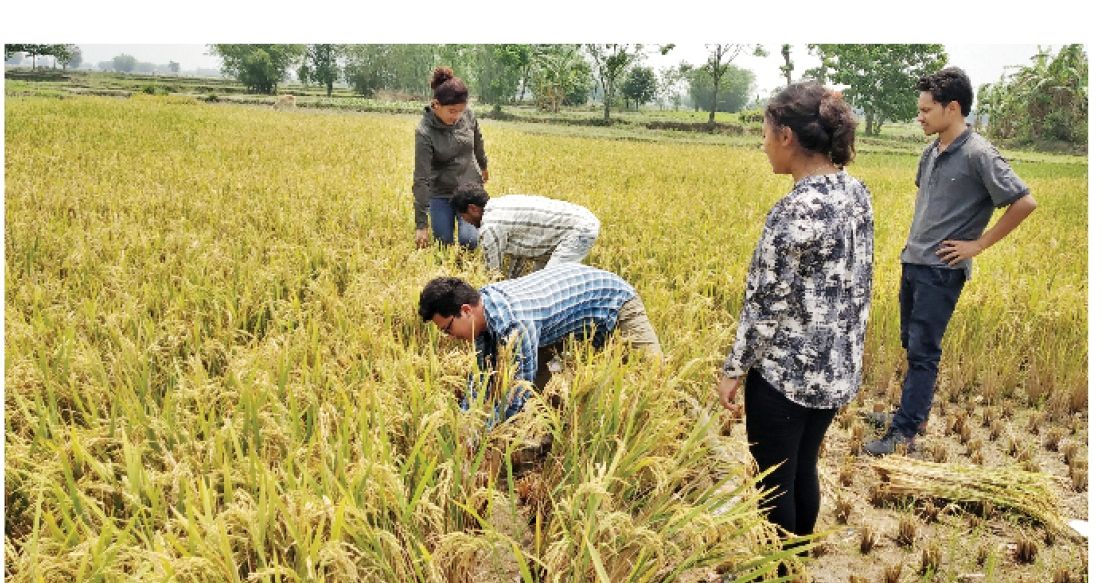
Damak : Locals of the district are astonished seeing a few farmers harvesting paddy in the month of Baishakh, which is a month to transplant summer paddy.
With the introduction of the new species of paddy, farmers here are now able to produce paddy three-times a year. Earlier, they used to grow rice twice, in July and November.
The new paddy was planted at the end of Kartik.
Local farmer of Kanchankawal-4 Pathamari, Nasir Miya, was the farmer in the district to grow paddy three times a year,the national daily Risingnepal writes.
“Almost all farmers were shocked when I planted paddy on the last day of Kartik and the first day of Mangsir (November 14, 15). But I was confident to grow the paddy and it was realised,” Miya said.
He grew paddy three times a year. He harvested paddy in Baishak (April) that was planted in Mangsir (November), and again harvested in Saun (August) that was planted in Baishakh (May) and harvested in Mangsir (November) that was planted in Saun (August).
He has been farming paddy in his three Kattha of land. He planted paddy Hardinath-1 varieties in two bigha of land.
According to him, he installed a motor-pump for irrigation.
The Paddy Super Zone Unit, Baniyani under the Prime Minister Agriculture Project has studied, including productivity of the paddy after Miya grew paddy three times a year.
He said that the production of the paddy in off season was very good whereas only Miya was harvesting paddy three times a year.
According to Senior Agriculture Development Officer, Paddy Super Zone Unit, Baniyani Dhana Bahadur Thapa, this was the first time that paddy was grown three times a year in the district even though most farmers were producing paddy two times a year.
“We can grow paddy three times a year easily if provided seeds as per the monsoon and the climate,” he said.
He said that they would bring the programmes for growing paddy three times a year even though a single farmer was growing paddy in odd season.






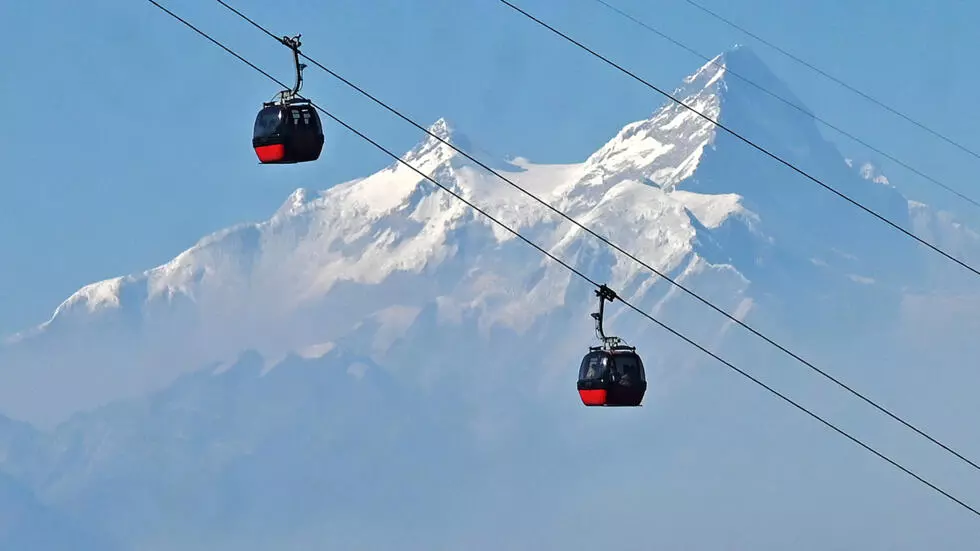
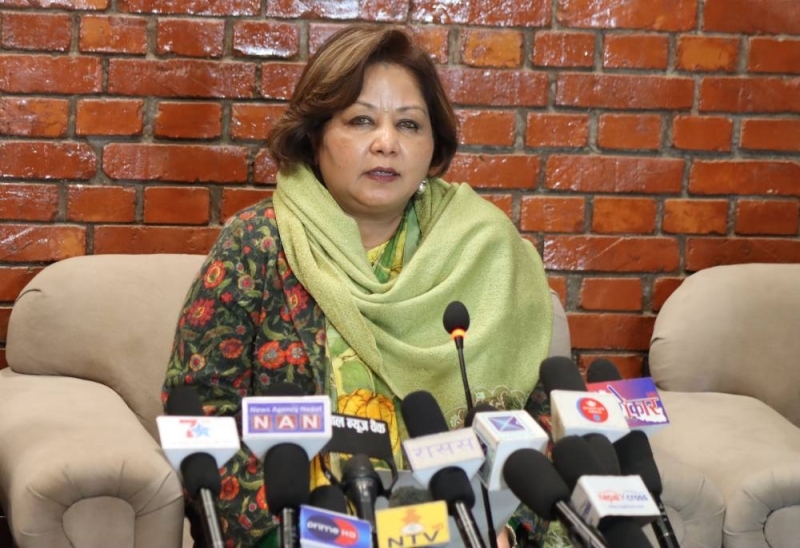


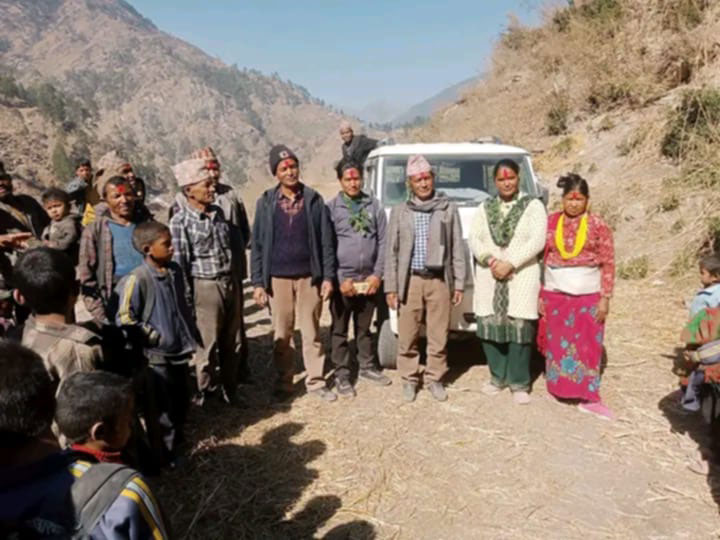

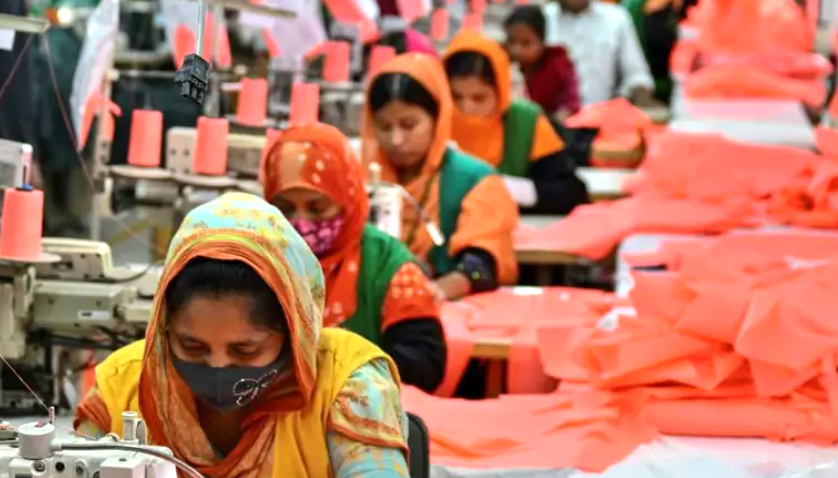






Facebook Comments